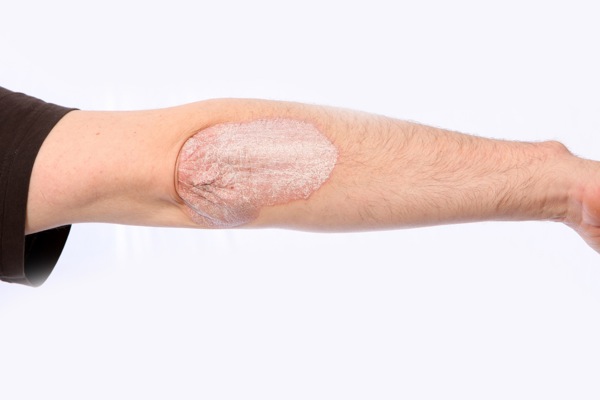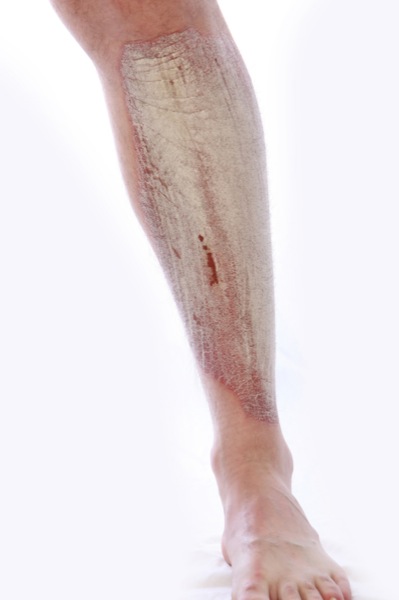Type of Psoriasis: Plaque, Guttate, Pustular, Inverse and Other Types
The Different Types of Psoriasis
There are
five main type of psoriasis. As with any disease, categorization is not
easy. Symptoms often overlap. Conditions and symptoms may even change
over time. One type, known as pustular psoriasis, has three sub-types.
This makes diagnosing your particular type even more difficult. Your
family doctor may not be an expert on the disease, but he can refer you
to a dermatologist specializing in psoriasis.
Plaque Psoriasis (psoriasis vulgaris)
This is the most wide spread form of psoriasis. It is believed to be hereditary. About 80 percent of sufferers have this type. It is distinguished by raised and inflamed lesions covered by flaky scales. Typically, these lesions appear on the shins, elbows and scalp.
There are various treatments you can try to lessen the scaling. Some people have had great results from sun exposure and tanning beds. In some cases, soaking in epsom salt has cleared the condition completely. Zinc oxide has also been proven to work wonders.
If none of these treatments
work for you, prescription medication may be the only answer.
Unfortunately, there is no one treatment that works for everyone. Talk
to your doctor or dermatologist about treatment options. You may have to
try a few different things before you find one that works you. More information about plaque psoriasis
Guttate Psoriasis
This type is fairly uncommon. It usually develops in adolescence.
This type appears as small, pink dots and can spread over large parts of
your body. Although heredity is a factor, it is believed strep throat
can trigger the condition. More information about guttate psoriasis

Psoriasis on the ellbow, a part of the body which is often affected by this disease.
Type of psoriasis, more information about psoriasis treatment
Other triggers include:
- viral or bacterial infections
- respiratory infections
- some medications used to treat heart conditions
- stress
- sunburns
- heavy drinking
Since this type of psoriasis is extremely itchy, treatments may include prescription dandruff shampoo, moisturizers, anti-inflammatory creams and vitamins A or D.
Pustular Psoriasis
Pustular psoriasis has been sub-divided into three categories. Von Zumbusch The appearance of this type can be quite sudden. It begins with red and tender skin covering much of your body. Within hours pustules appear. These will dry up and peel within a day or two. This cycle of eruptions can go on for a few days or even weeks. More about this type of Psoriasis, pustular psoriasis.
Palmoplantar pustulosis
This type appears as pustules on the soles and palms. These pustules redden, turn brown, then peel and crust over. This is followed by a quiet period, then the cycle is repeated.
Acropustulosis
Typically, this rare form of psoriasis appears as skin lesions on fingertips and toes. An eruption can be caused by an injury or infection. These lesions are often very painful and can produce deformed nails. In severe cases, bone damage can occur.
The other two types of psoriasis are Inverse and Erythrodermic psoriasis. The first appears mostly in sweaty regions of the body. It is also very itchy and may be treated with the same products used to treat Guttate psoriasis. The second, Erythrodermic psoriasis, can result in protein and fluid loss. Your body temperature can drop drastically. This can lead to a life-threatening illness requiring hospitalization.
If you have any of these symptoms, talk to your doctor to determine which of the types of psoriasis you may have.
More than one type of psoriasis
National Institute of Arthritis and Musculoskeletal and Skin Diseases
 Psoriasis en la pierna
Psoriasis en la piernaPágina de inicio
Mapa del sitio
Mapa del sitio en orden alfabético
